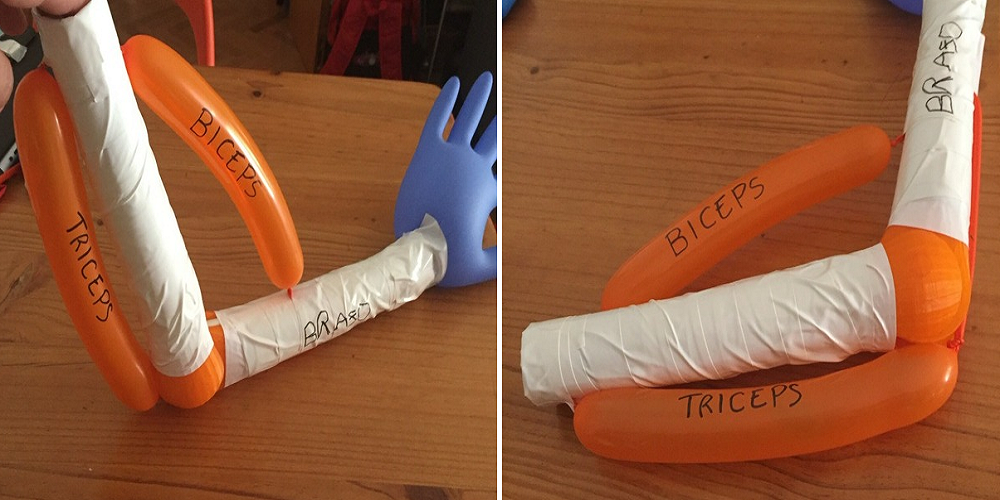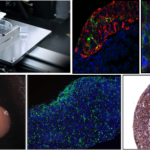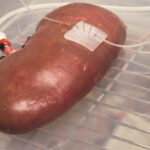

We’ve seen and reported on some impressive 3D printed anatomical models not to mention the bio-printed organs that constitute major breakthroughs in science and medicine. 3D printing has facilitated what would have seemed perhaps only a generation ago nothing short of miracles. For instance, patient-specific anatomical models have been created to assist doctors in performing a variety of surgical procedures. Japanese researchers have produced 3D printed liver models. Back in March we told you about a bio-printed thyroid gland produced by Russian scientists. And then there are the growing number of ingenious, 3D printed prosthetic limbs that have had life-changing consequences for their recipients. Of course, that’s just the beginning!
But what about the other side of side of 3D printing, the side that embraces simplicity rather than complexity? The side that makes it easy even for those of us–including children–who have moderate 3D design and printing skills to produce something that’s simple, yet completely functional?
One clever pragmatic designer from Madrid, Spain, Alejandro Medrano, ”amedrano” in the Thingiverse, has demonstrated that the high-tech capabilities of 3D printing can coalesce brilliantly with traditional crafting.

Mindful of the expense involved in providing young students with hands-on anatomical models, Medrano designed what he refers to as a “simplified model of an articulation or joint.” His model, which was inspired by the craft project of a co-worker, is designed to assist teachers in demonstrating to young students between the ages of about three and twelve how a human arm works–how, explained, “muscles, bones, [and] tendons hinged by articulations work.”
These days when teachers’ and schools’ budgets are tighter than ever, Medrano’s approach to accessing useful, inexpensive teaching tools is invaluable. He posted instructions for producing this particular “Thing” on Thingiverse and it’s really quite simple–easy enough, indeed, for students to make with their teacher, a fantastic, edifying lesson in and of itself.
The 3D component is the elbow joint and Medrano provided the .stl files for uploading to your own 3D printer or to a web-based 3D printing service like Shapeways or 3D Hubs, which lets you connect with independent 3D printers near where you live. The other materials required for the project are easy to come by as well: cardboard tubes, long balloons (the kind you’d use to create balloon animals), a latex glove for the hand, and some tape.
Medrano’s step-by-step instructions are clear and should help teachers or parents guide children through the project without much intervention. As he noted in the information section of the Thing page, the design is not perfect. For instance, a ring or two are needed in order to secure the balloons to the tubes. However, Medrano made it clear that he welcomed advice, including suggestions for modifying the model so it functions better and is easier to assemble.
Discuss this story inn the 3D Printing an Arm forum thread on 3DPB.com.
If you're looking to get architectural 3D animation in the USA, our service provides an exceptional way to bring your architectural concepts to life through dynamic, immersive visuals. Through our platform, you can easily request high-quality 3D animations that showcase your designs in motion, offering a detailed view of your project from multiple angles and perspectives. Whether it's for a real estate development, a commercial building, or an urban planning project, our expert team ensures that every detail is captured in a visually compelling animation.
Through our website, you can seamlessly get architectural 3D animation tailored to your project’s specific needs. With our help, you can offer potential clients or investors an engaging experience that goes beyond static images. By integrating CGI animations with real-world settings, lighting, and textures, our team creates a lifelike experience that allows your audience to interact with your project as though it were already built. This service is perfect for presenting complex designs in a clear, visually attractive way that stands out in the competitive architectural market.




